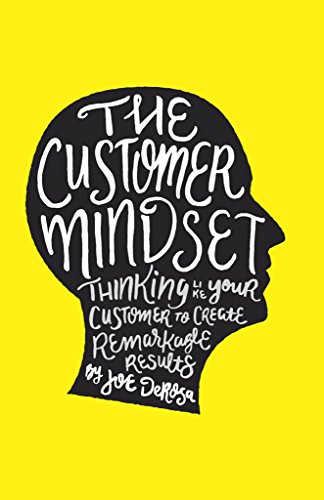
Customer relation is a way business relates to its customers, clients and patrons. Some organizations hire people specifically to manage how the company interacts and communicates with people. The goal is to retain existing customers and to gain new ones by providing the best customer relation and client services.
Companies in all industries and all of sizes understand that customers are perhaps their most valuable asset. Improving the overall customer experience is vital for continued success and survival, and always has to be.
There are some core principles to relationship management that any company can and should follow:
Communication: Listening is just as important as telling. Think about how often you actually speak with your customers. Focus on less financial-driven communication (whether it’s e-mail, phone call or face-to-face interaction) if you make your customers feel involved, they feel as though they actually have a stake in your company, and feel like you care more than just trying to make sales.
Rewards: Every company should initiate and make provision for reward programs. It is a very simple form of saying “Thank you” and particularly it is a viable and measurable marketing tool that big companies and small businesses can use to retain their customers and grow their business.
Be flexible: Be quick and attentive to customer’s complaints: The objective of customer relation is typically to interact with the customers in order to answer questions, resolve support issues, establish credibility and nurture relationships.
Here are strategies that Improve Customers Relations and building customer’s loyalty, from simply opening up communications channels to implementing elaborate point systems that reward loyalty enhanced customer communications;
- Providing customer feedback forms
- Asking about customer needs in general when customer calls with problems
- Training call-center staff to handle disputes
- Encouraging a service culture throughout the organization.








